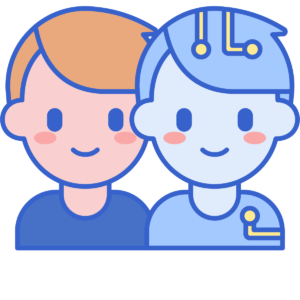Welcome to our February 2023 recap. Last month we had articles on Digital Twin Technology , 4D Printing and ChatGPT.
We are often overwhelmed by information and miss what is most important. Our goal is to highlight the most pertinent information for our readers. If you’re a decision-maker, IT service provider or a reader who wants to keep up to date with the latest news from the world of Tech, TechKnowledge is your go-to platform.
ChatGPT – The Good, The Bad and The Ugly
Everyone’s talking about ChatGPT (GPT stands for Generative Pre-trained Transformer in case you were wondering) the AI language model, which can answer questions, provide information, or even engage in a bit of banter. You can literally ask the system anything. It will tell you a joke, give you a recipe, play a game with you, recommend a movie or book, write a piece of content in any style on any subject you can imagine, in just about any language (the system is honest about the fact that it ‘speaks’ some languages better than others). What is also impressive is the speed at which it responds and how, good, and perhaps rather disconcertingly ‘human’ its output is.
4D Printing Technology

4D printing is a new and innovative form of additive manufacturing technology that takes traditional 3D printing to a whole new level. The technology uses smart materials and sophisticated digital designs to create objects or structures that can change shape over time or adapt themselves in some way to perform a specific function post-production in response to specific stimuli, such as temperature, moisture, or light. Imagine, as a rather simplistic example, a 3D flat board that curls up into a chair if say water, or light is applied to it. It is mind blowing stuff with seemingly limitless applications across a wide range of industries. Let’s look at just some of innovative ways this exciting technology could or in some cases is already being used
Digital Twin Technology
Put very simply, digital twin technology enables the creation of a virtual version of a physical object, process, system, or environment that looks and behaves in exactly the same way as its real-world counterpart. Digital twins can help us design, engineer, manufacture, test, analyse, sell, and operate everything and anything from consumer goods to machinery and buildings to whole cities. They can even replicate the human body which has game changing implications for healthcare and the pharmaceutical industry.



